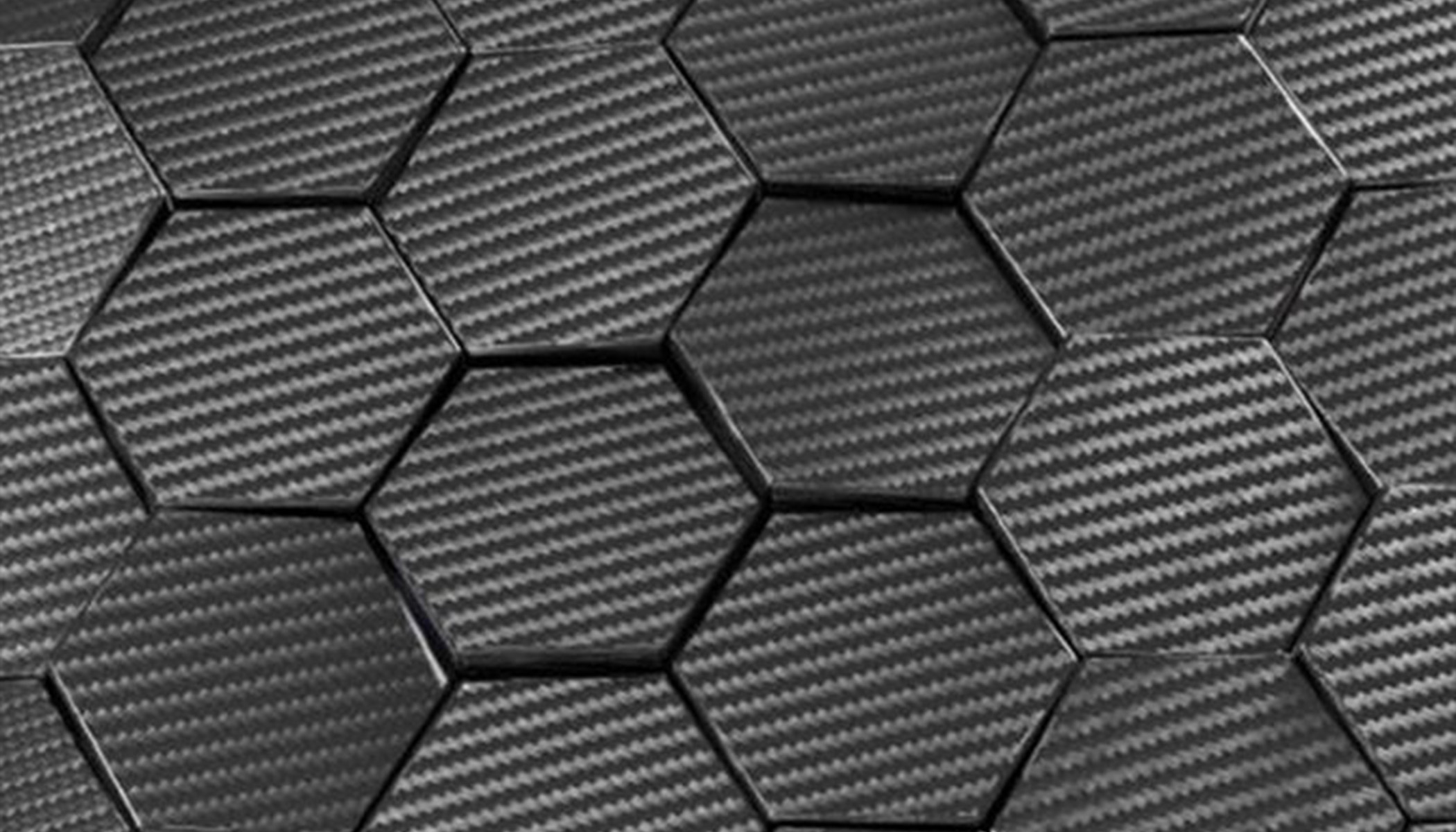A process to create a graphene enriched polymer masterbatch with enhanced properties tailored to end user application.
Nanoparticle composites are a unique class of materials that combine nano-sized particles with a matrix material, creating polymers with new and improved properties and performance.
These composites are extremely versatile; the nanoparticle/matrix properties can be adjusted to tailor the mechanical, electrical, thermal, and optical characteristics of the output material and as such nanoparticle composites have a wide range of applications in various industries, such as aerospace, automotive, electronics, and healthcare.
These composite materials offer benefits over conventional polymers including increased strength, durability, and functionality and reside in an exciting and rapidly evolving field that bridges materials science, nanotechnology, and engineering.
Researchers at the Cambridge Graphene Centre, University of Cambridge Engineering Department are able to systematically enhance the material properties of common engineering thermoplastics using a novel plastic processing system with a wide range of high-performance filler particles. The method lends itself to masterbatch production, creating thermoplastic pellets for downstream on-site processing and further modification.
Technology overview
- A microfluidization process to produce high-performance thermoplastic or thermoset composite pellets for downstream processing.
- Simultaneous dispersion and exfoliation of multilayered particles such as graphene, metals, semi-metals, semiconductors, insulators, superconductors and topological insulators and thermoelectrics.
- Successful enhancement of polyamide (PA12), ultra-high molecular weight polyethylene, polyether ether ketone, conductive polymers (e.g. polyaniline).
Benefits
System benefits:
- Masterbatch pellet production
- Minimizes airborne particles in composite production processes
- Highly dispersed composites formed without the use of surfactant leading to enhanced composite properties
- Potential for filament production suitable for 3D printing
- Potential for nanowire production
Demonstrated composite material benefits:
- High mechanical performance: traction and continuous or alternate flexion
- High flexibility even at very low temperature
- Very low water absorption
- Excellent dimensional stability
- Very good resistance to chemicals and weathering and very good hydrolysis resistance
- High impact strength down to -40°C
- Biocompatibility
Applications
For companies involved in masterbatch production of high-performance polymers for applications including but not limited to:
- Automotive thermal management components, in particular replacing metal components
- Engineering applications: cooling system components (replacing metal
components) - Components in aerospace industries
- High performance fiber filler
- Compressed air systems in car industry
- Aeronautic components
- Sanitary components (replace metallic parts)
- Pipes: robotic, pneumatic, tools, industrial machinery, etc.
- Sports and leisure goods
- Housings for high quality electronic devices
- Medical devices
- Optical components
Opportunity
We are seeking industrial experts and partners to commercialise the technology under license.
Inventors
This technology was developed at the Cambridge Graphene Centre (CGC). The mission of the CGC is to investigate the science and technology of graphene, carbon allotropes, layered crystals and hybrid nanomaterials. The CGC promotes innovative and adventurous research with an emphasis on applications by effectively establishing joint industrial-academic activities.
Cambridge Graphene Centre | Research Centre on Graphene, Layered Crystals and Hybrid Nanomaterials
References & Patents
WO2019057928 TREATMENT OF POLYMER PARTICLES (wipo.int)
US11753508B2 – Treatment of polymer particles – granted




